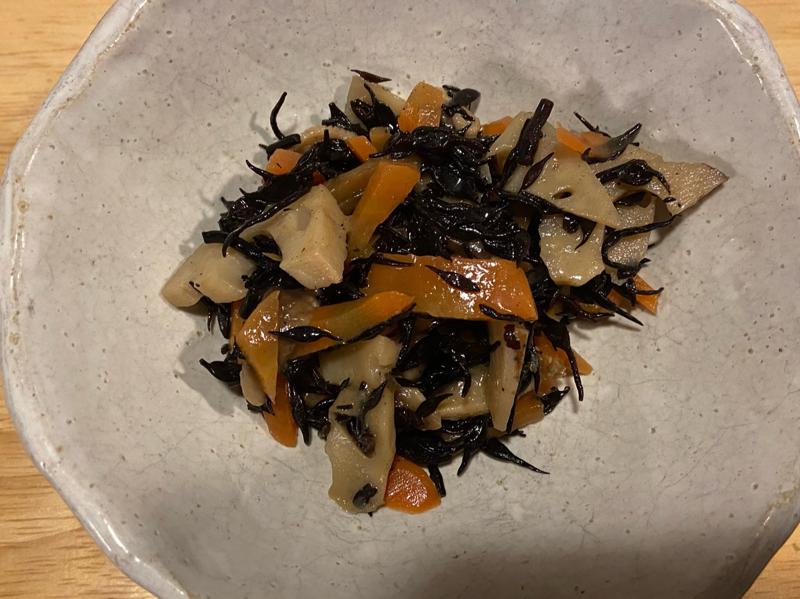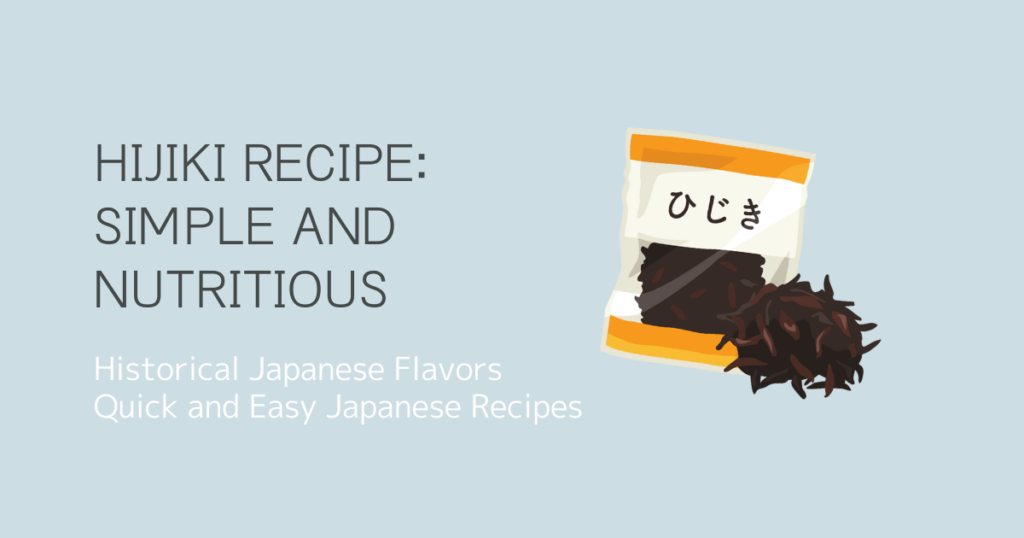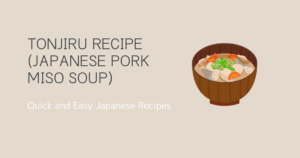What is Hijiki?
Hijiki is a traditional Japanese seaweed celebrated for its rich nutritional value and versatility in cooking. This brown seaweed is typically harvested along rocky coastlines and dried for preservation. Once rehydrated, it transforms into tender, flavorful strands that are easy to incorporate into various dishes.
In Japan, hijiki has been consumed for centuries and is often associated with health and longevity. Packed with essential nutrients such as calcium, iron, and dietary fiber, it is considered a superfood. Its mild flavor makes it a perfect addition to both traditional and modern recipes.
Why is Hijiki Healthy?
Hijiki stands out for its impressive nutritional profile:
- Rich in Calcium: Supports strong bones and teeth.
- High in Iron: A plant-based source of iron, ideal for combating anemia.
- Dietary Fiber: Promotes digestive health and regulates blood sugar levels.
- Low in Calories: A great choice for weight management and dieting.
Hijiki is a natural, whole food that seamlessly fits into vegan and vegetarian diets.
Easy Hijiki Recipe: Simmered Hijiki (Hijiki Nimono)
Here is a classic recipe for simmered hijiki, a dish that represents the essence of Japanese home cooking.
Ingredients:
- Dried hijiki: 20g
- Carrot: 1/2 (thinly sliced into matchsticks)
- Lotus root (optional): 50g (thinly sliced)
- Fried tofu (aburaage): 1 piece (cut into thin strips)
- Dashi stock: 200ml
- Soy sauce: 1 tbsp
- Mirin: 1 tbsp
- Sugar: 1 tsp
- Sesame oil: 1 tsp
Instructions:
- Rehydrate the hijiki: Soak the dried hijiki in water for 10 minutes until softened, then rinse and drain well.
- Prepare the ingredients: Slice the carrot, lotus root, and tofu as specified.
- Sauté the ingredients: Heat sesame oil in a pan and add the hijiki, carrot, lotus root, and tofu. Stir-fry for 2–3 minutes.
- Simmer: Add the dashi stock, soy sauce, mirin, and sugar. Mix well and bring to a gentle boil.
- Cook until tender: Reduce the heat and simmer for 10 minutes or until the liquid is mostly absorbed.
- Serve: Let it cool slightly before serving. Enjoy as a side dish or as part of a bento box!

Family Variations: Lotus Root and Hijiki Salad
In my family, we often add lotus root (renkon) to hijiki nimono for extra crunch and texture. This combination of tender hijiki and crispy lotus root is a hit with everyone at the table.
We also enjoy a refreshing Hijiki Salad with Cucumber and Tuna. It’s a quick, nutritious dish perfect for busy days.
Recipe for Hijiki Salad with Cucumber and Tuna:
- Rehydrated hijiki: 20g
- Cucumber: 1 (thinly sliced)
- Canned tuna: 1 small can (drained)
- Soy sauce: 1 tsp
- Sesame oil: 1 tsp
- Vinegar: 1 tsp
- Toasted sesame seeds: Optional, for garnish
Instructions:
- Combine the hijiki, cucumber, and tuna in a mixing bowl.
- In a small bowl, whisk together soy sauce, sesame oil, and vinegar.
- Pour the dressing over the salad and mix well.
- Garnish with toasted sesame seeds and serve immediately.
Using Hijiki in Everyday Life
Hijiki is a staple in Japanese households, appearing in everything from side dishes to main courses. In addition to its health benefits, its long shelf life makes it a practical pantry item.
For those outside Japan, dried hijiki is often available at Asian grocery stores or online. To maintain its freshness, store it in an airtight container in a cool, dark place.
Conclusion: Why You Should Try Hijiki Today
Hijiki is not just a food; it’s a gateway to Japanese flavors and traditions. Whether enjoyed in a classic nimono or a modern salad, this humble seaweed offers a delicious and healthy addition to any meal. Try one of these recipes today and experience the benefits of hijiki for yourself!



